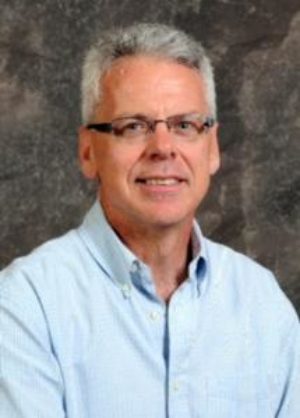Innovation Anthology #646:

Dr. Lee Barbour is two years into his research on how to track the movement of water through reclaimed landforms after oil sands mining.
A professor of engineering at the University of Saskatchewan, Dr. Barbour holds the NSERC/Syncrude Industrial Research Chair in Hydrogeological Characterization of Oil Sands Mine Closure Landforms.
DR LEE BARBOUR: Our research right now has focused nearly exclusively on the Mildred Lake mine site. So that’s Syncrude’s site. And it would roughly be 200 square kilometers in area. So it’s a very large area and it’s comprised of most of the major types of waste material that’s left after oil sands mining. So that would include sand tailings as well as fluid fine tailings. So this is the fine fraction of l the eftover material once the bitumen is extracted. As well as overburden deposits, so those are primarily in the Mildred Lake case shale deposits – salt rich shale that’s been excavated to give them access to the ore itself.
Already Dr. Barbour and his students have catalogued hundreds of isotopes from process and atmospheric water and they are analyzing core samples from the site.
Thanks today to Syncrude.
FOR INNOVATION ANTHOLOGY
I’M CHERYL CROUCHER
Guest
,
, , , ,
Sponsor
Syncrude
![]()
Program Date: 2014-10-30